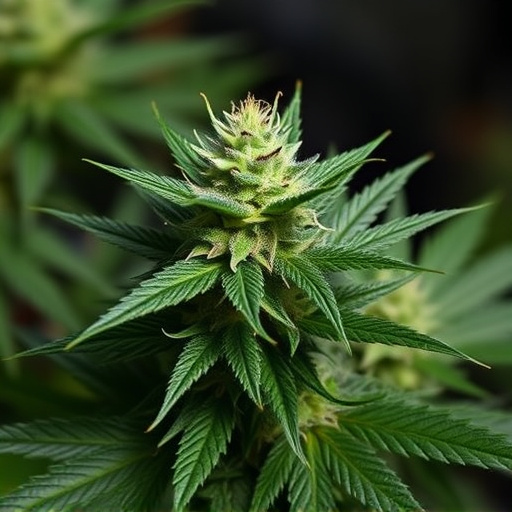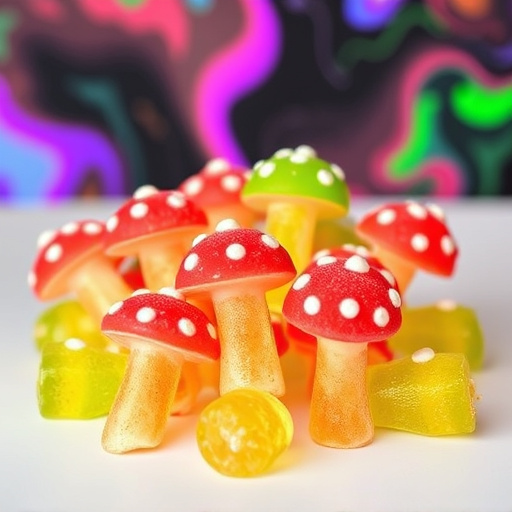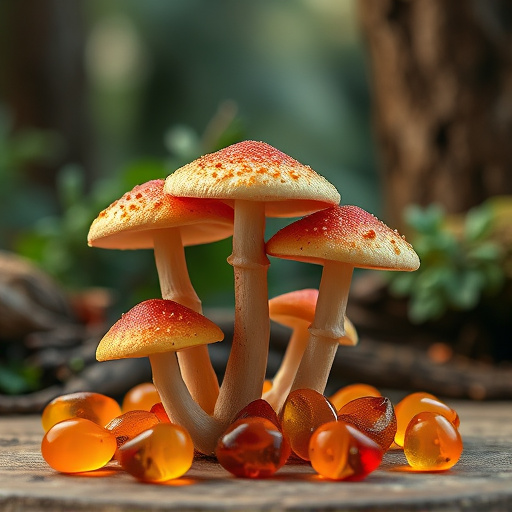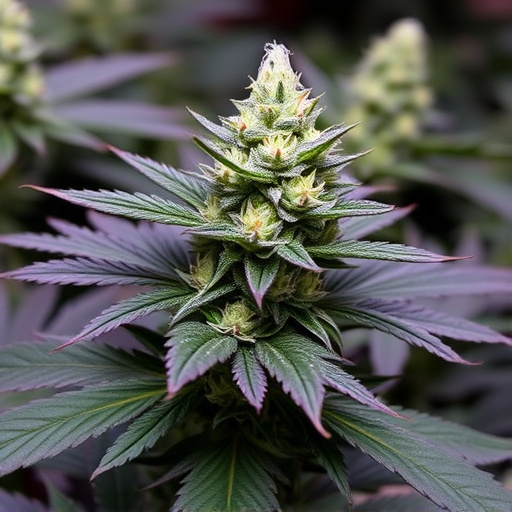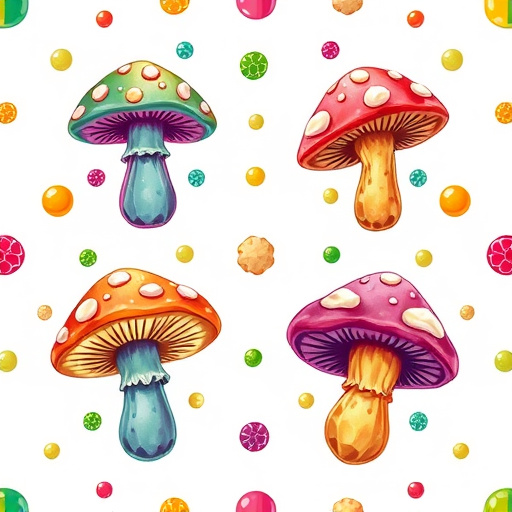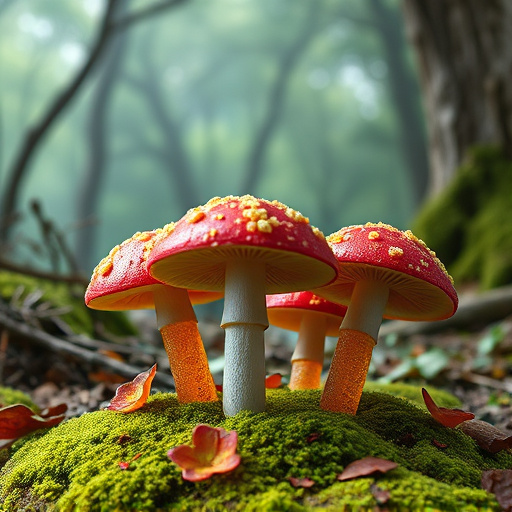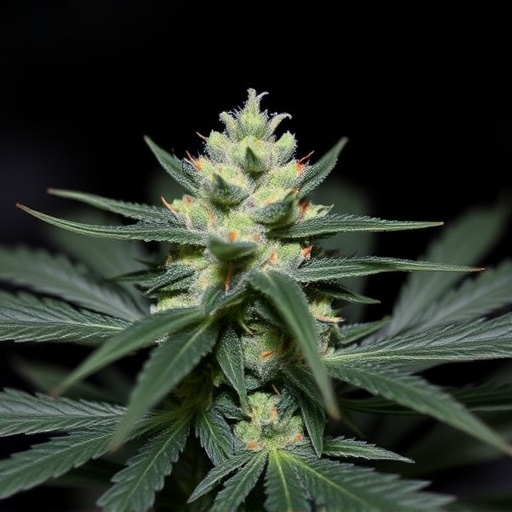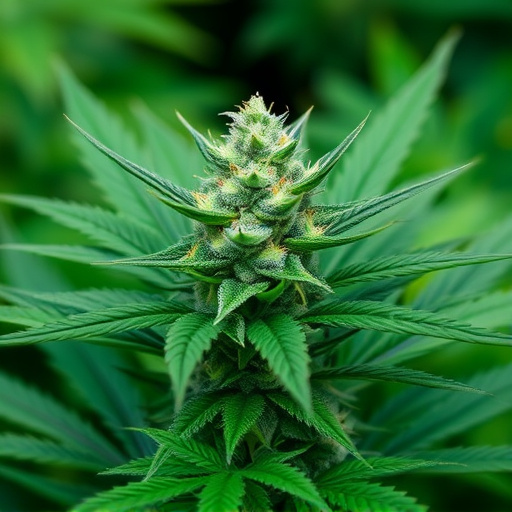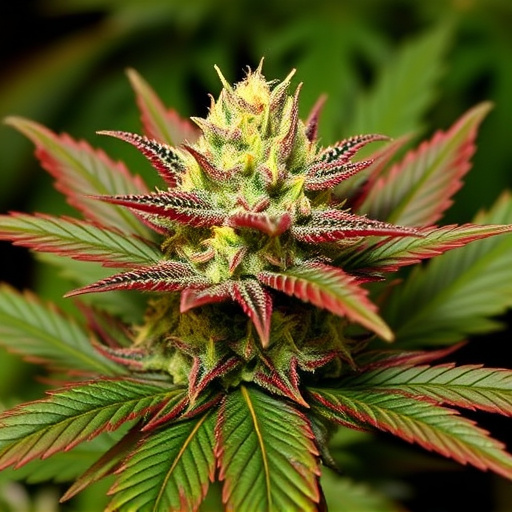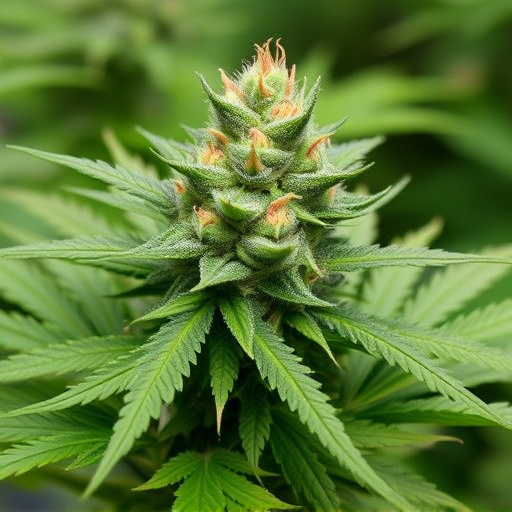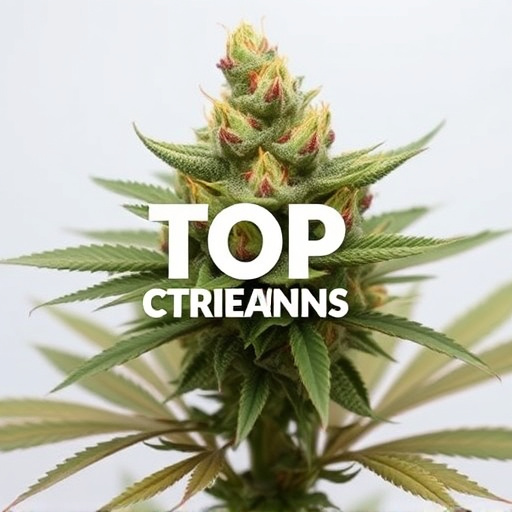The striking colors of top cannabis strains like purple, red, and blue result from complex genetic crossbreeds that enhance both visual appeal and therapeutic benefits. These colors are tied to specific terpene profiles, with myrcene, limonene, and pinene contributing to hues ranging from vibrant purples to fiery reds. Understanding this relationship allows growers to create novel, visually stunning strains with targeted effects, making them popular among cannabis enthusiasts seeking specific sensations or medicinal relief.
“Unraveling the Mystique: Decoding the Colors of Cannabis
Weed enthusiasts often marvel at the striking shades of purple, red, and blue adorning their favorite strains. But what causes these mesmerizing hues? This article delves into the science behind these colors, exploring the intricate interplay of genetic makeup, terpenes, environmental factors, and hybridization. From the vibrant genetics of top cannabis strains to the art of selective breeding, discover the secrets that make certain varieties truly stand out in the world of weed.”
- Genetic Makeup and Terpene Profiles
- – Discussion on how the genetic makeup of cannabis plants influences pigment production
- – Explanation of terpenes and their role in the color spectrum of weed
Genetic Makeup and Terpene Profiles
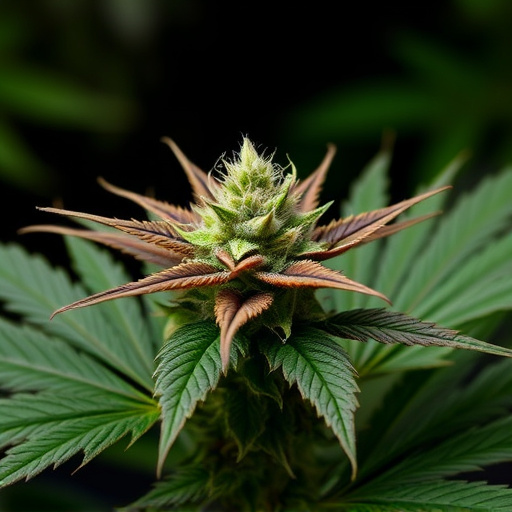
The genetic makeup of cannabis plants plays a pivotal role in determining their unique characteristics, including the colors purple, red, and blue that some strains exhibit. These hues are often associated with specific terpene profiles—the aromatic compounds responsible for the distinct scents and flavors of different cannabis varieties. For instance, higher levels of myrcene, a common terpene known for its earthy and musky notes, can contribute to a plant’s red or purple tint due to its interaction with certain cannabinoids.
Top cannabis strains renowned for their vibrant colors often showcase complex genetic crossbreeds designed to enhance both the visual appeal and the therapeutic benefits. These carefully cultivated varieties offer a delightful sensory experience, captivating both novice and seasoned users. By understanding the connection between genetics and terpene profiles, growers can create novel strains that not only look striking but also deliver targeted effects, making them top choices among cannabis enthusiasts seeking specific sensations or medicinal relief.
– Discussion on how the genetic makeup of cannabis plants influences pigment production
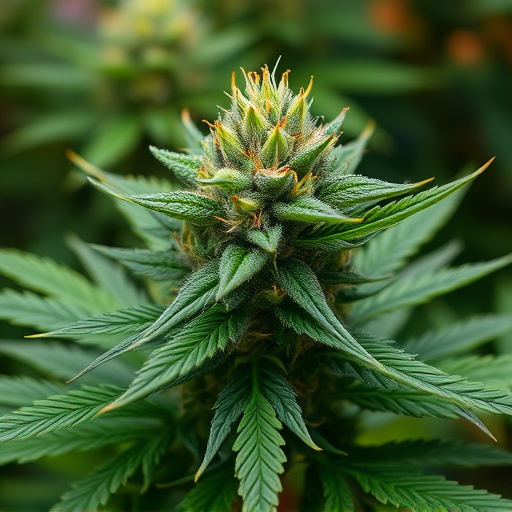
The vibrant colors seen in weed, ranging from purple to red and blue, are not merely aesthetic; they’re a direct result of the plant’s genetic makeup and its unique pigment production process. Cannabis plants, much like many other flowering plants, produce pigments called anthocyanins, which give them their rich hues. But what makes cannabis truly stand out is the variety of anthocyanin types it can create due to its diverse genetic profiles. These compounds not only contribute to the visual appeal but also offer potential therapeutic benefits, making certain color-intensive top cannabis strains highly sought after by both cultivators and consumers.
Genetic diversity within cannabis allows for the expression of different anthocyanin levels and types, leading to the striking variations in color. This is why some strains exhibit a deep, rich purple, while others lean towards red or blue tints. Moreover, specific environmental factors can also influence pigment production, but it’s primarily the genetic predisposition that dictates the final color palette of these remarkable plants.
– Explanation of terpenes and their role in the color spectrum of weed
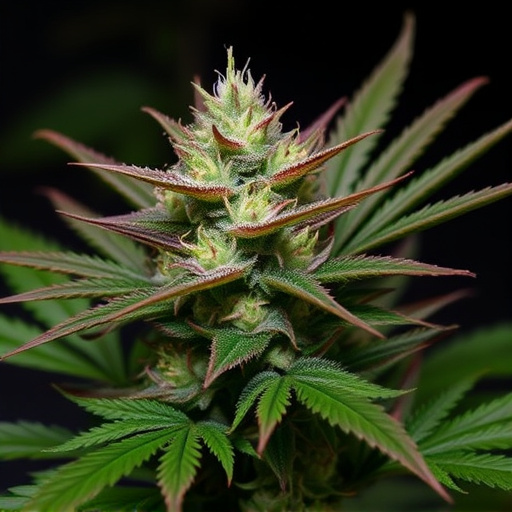
Terpenes, a diverse group of aromatic compounds, play a pivotal role in the unique color spectrum observed in various cannabis strains. These organic molecules, produced by plants as part of their defense mechanism, contribute significantly to the distinctive hues of weed, ranging from vibrant purple to deep blue and fiery red. Each terpene possesses specific chemical properties that influence the plant’s pigmentation, creating a captivating visual experience for cannabis enthusiasts.
Among the top cannabis strains renowned for their striking colors, certain terpenes stand out. For instance, myrcene, known for its earthy scent, is often associated with purple and blue shades in flowers. Limonene, responsible for citrusy aromas, can enhance red tones. Additionally, pinene, with its pine-like fragrance, may contribute to the overall vibrancy of cannabis blooms. Understanding these terpene-color connections offers a fascinating insight into the complex world of cannabis cultivation and the diverse characteristics sought after by those who appreciate not just the effects but also the visual allure of top cannabis strains.
The unique colors of purple, red, and blue in certain cannabis strains are not just aesthetic; they result from a complex interplay between genetic makeup and terpene profiles. The genetic diversity within cannabis plants allows for varied pigment production, while terpenes contribute to the color spectrum by interacting with these pigments. Understanding these factors offers insight into why some top cannabis strains boast such striking hues. By exploring these natural variations, enthusiasts can gain a deeper appreciation for the diverse beauty found in the world of cannabis.

